Using Crop Diversity To Fight Hidden Hunger
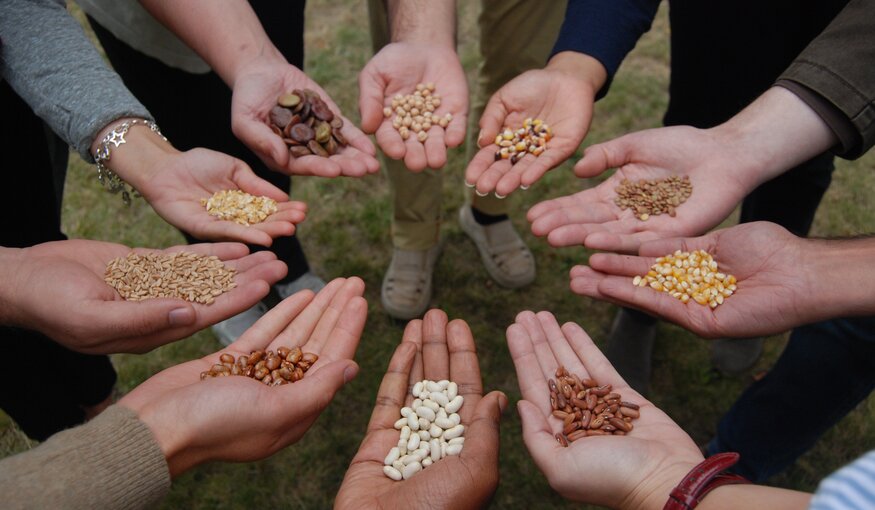
27 May 2020
Taking stock on World Hunger Day, more than 820 million people around the world do not have enough to eat. The vast majority of these people live in developing countries. According to the Hunger Project, half of the world’s hungry people are farming families who produce staple crops yet still suffer from so-called “hidden hunger.”
Hidden hunger refers not to the lack of calories, but to a deficiency of micronutrients in foods. The deficiencies of Vitamin A, iron and zinc are the most widespread and serious. These nutritional deficiencies can lead to blindness, anemia, cognitive impairments, stunting and even death. Hidden hunger mostly affects those who rely on staple crops for much of their diet, especially in developing countries.
In the battle to fight this hidden hunger, scientists are turning to crop diversity. In a process termed “biofortification,” breeders cross high-yielding crop varieties with varieties that may not be high-yielding but are rich in nutrients. The outcome is a new variety, or a hybrid, that still has good agronomic properties and packs a nutritious punch.
“Diversity in the germplasm bank is totally essential for this process,” says Howarth Bouis, founder and former Director of HarvestPlus. “We couldn’t do this work of biofortification without having first found the variation in genebanks.” HarvestPlus leads the battle against hidden hunger and has developed eight biofortified crops, focusing on three micronutrients: iron, zinc and vitamin A.
As people search for more healthy food, safeguarding and using crop diversity remains fundamental to our food system. Crop diversity contributes to a stable, sustainable and diverse food production and is the raw material needed to breed more resilient and more nutritious crops.
Read more in our roundup of stories that highlight how crop diversity is being used for biofortification in the fight against hidden hunger.
Biofortified Beans
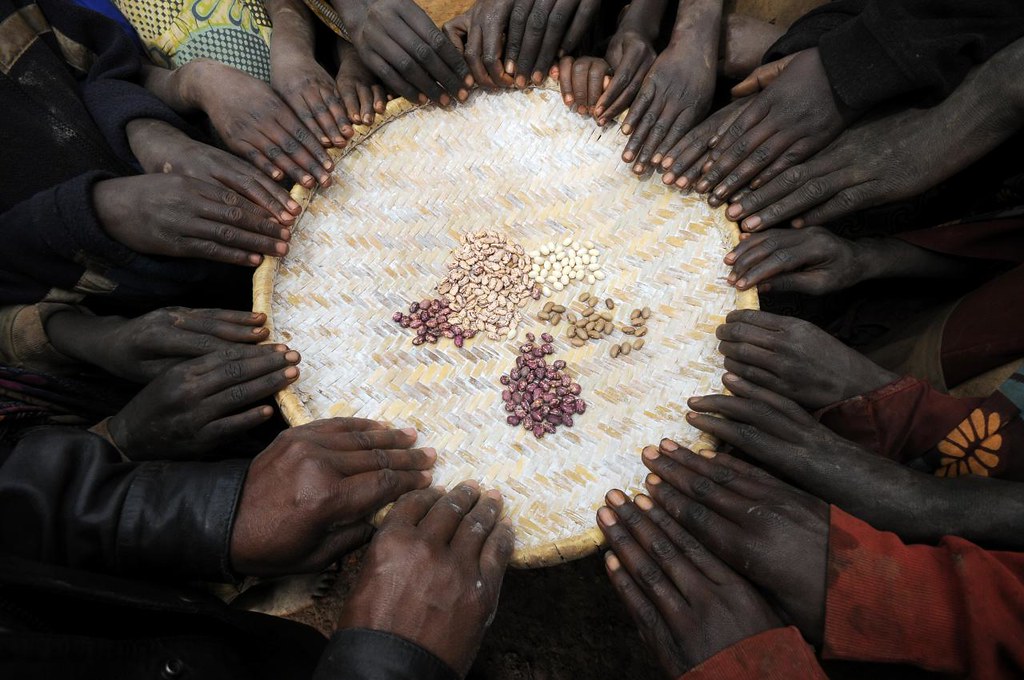
HarvestPlus is promoting iron-biofortified beans in several countries in Africa, South Asia and Latin America. More than one million farming households have adapted these more nutritious beans, which also boast other desired agronomic traits, such as high yields, disease resistance and drought tolerance. Photo: Neil Palmer/CIAT
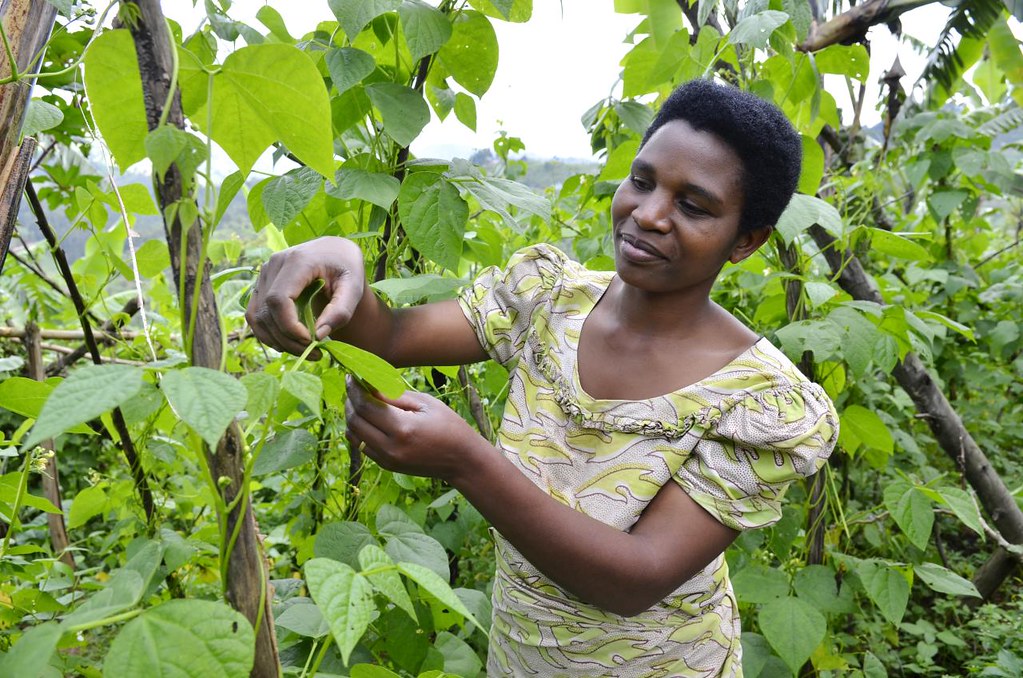
High-iron climbing beans were developed and released in numerous countries including Rwanda. Climbing beans can produce two to three times more beans on the same area as bush beans. Photo: Neil Palmer/CIAT
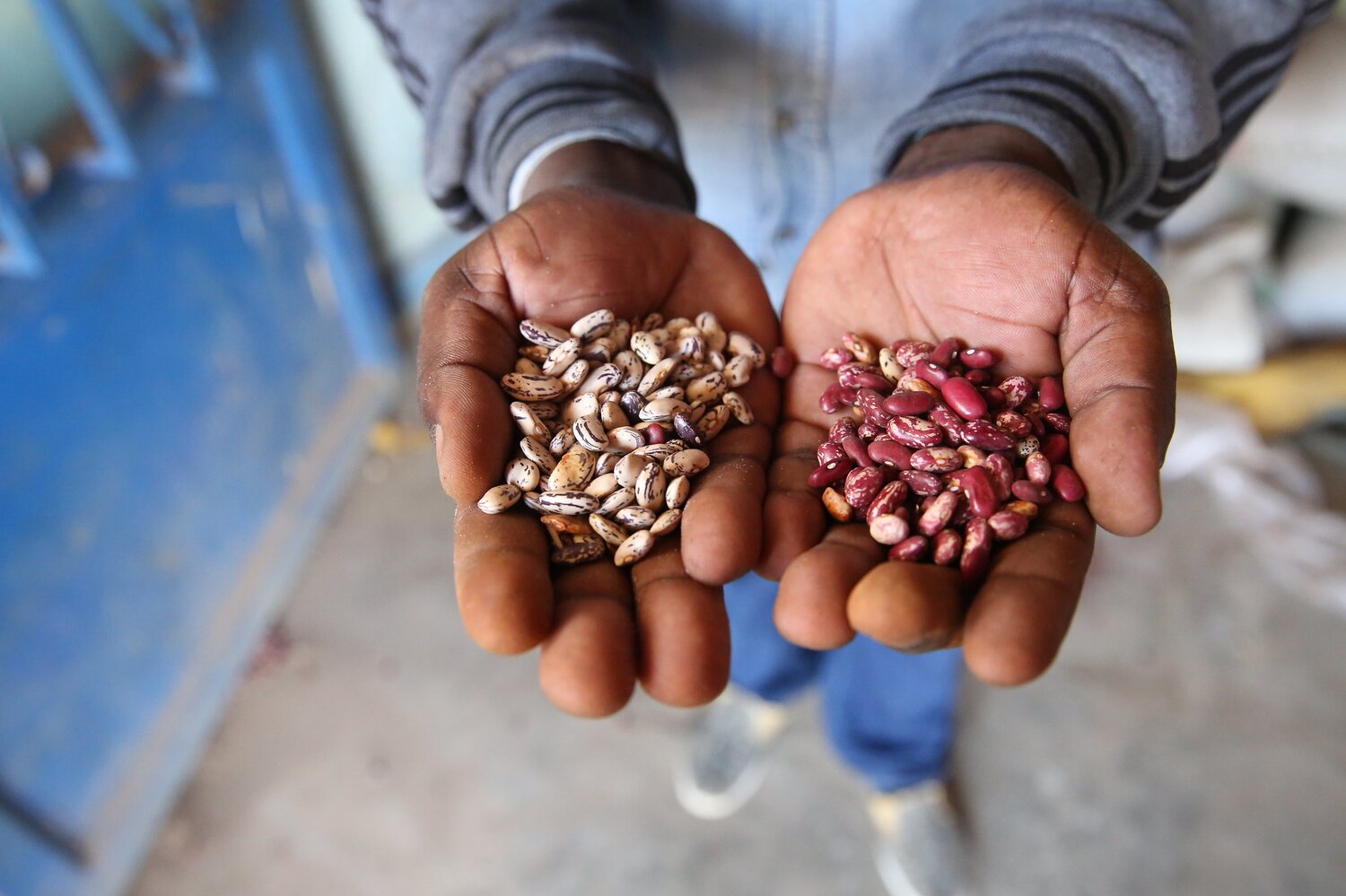
Two varieties of biofortified beans from eastern Rwanda. Photo: LM Salazar for #CropsInColor
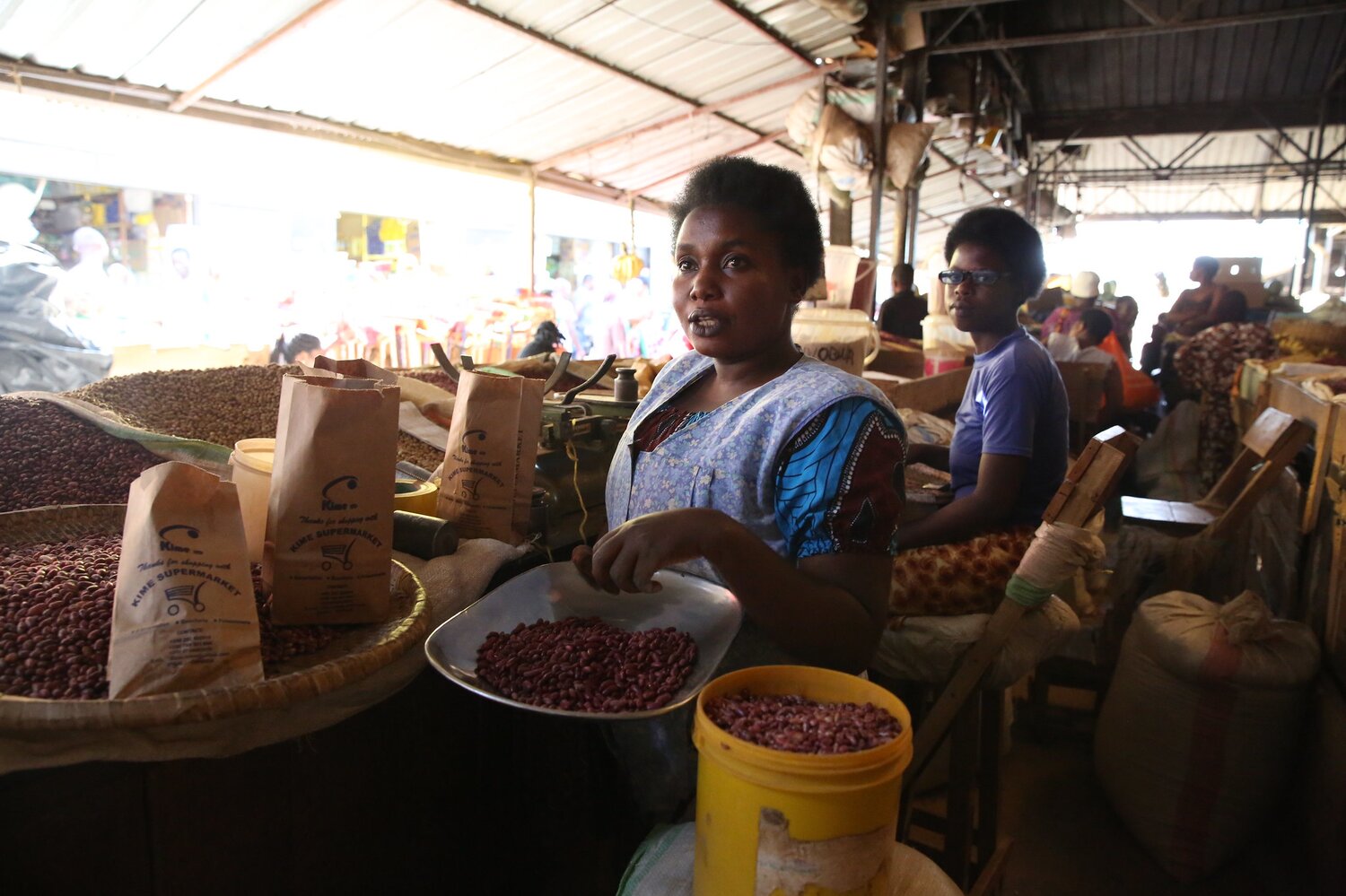
Despite selling wheat, sorghum, millet and groundnuts, the biggest seller at the markets of Kigali is always beans. Julienne Uwishoreye displays a wide selection for every taste, and many of her customers are seeking out the new high-iron varieties. Photo: LM Salazar for #CropsInColor
Researchers at the International Center for Tropical Agriculture (CIAT), together with HarvestPlus, have found a way to reduce iron deficiency and improve health by strengthening the nutritional value of a staple food crop. Crop breeders are using biofortification to enrich beans with iron, and are sharing these beans with farmers in Africa, Latin America and the Caribbean. We can acquire up to 80 percent of the daily average iron requirement by regularly consuming dishes made with iron beans, improving overall health and decreasing anemia, especially in younger children in developing countries. By using the diversity found within CIAT’s bean collection, crop breeders found a natural solution to fight the “hidden hunger.” Today, more than 20 percent of all beans grown in Rwanda are iron-biofortified.
Read more:
Tracing High-Iron Beans
C’est la Richesse
Biofortified Maize
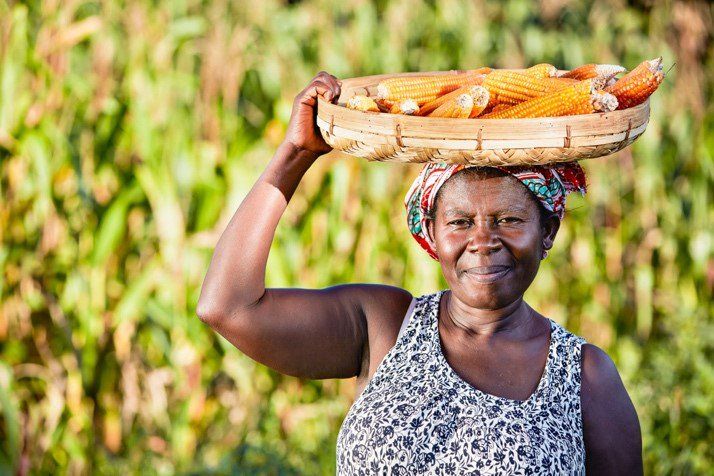
Biofortified maize is a welcome vitamin shot in regions where maize accounts for over 20 percent of calorie and protein supply, and where vitamin A deficiency causes widespread immune deficiency and impaired vision.
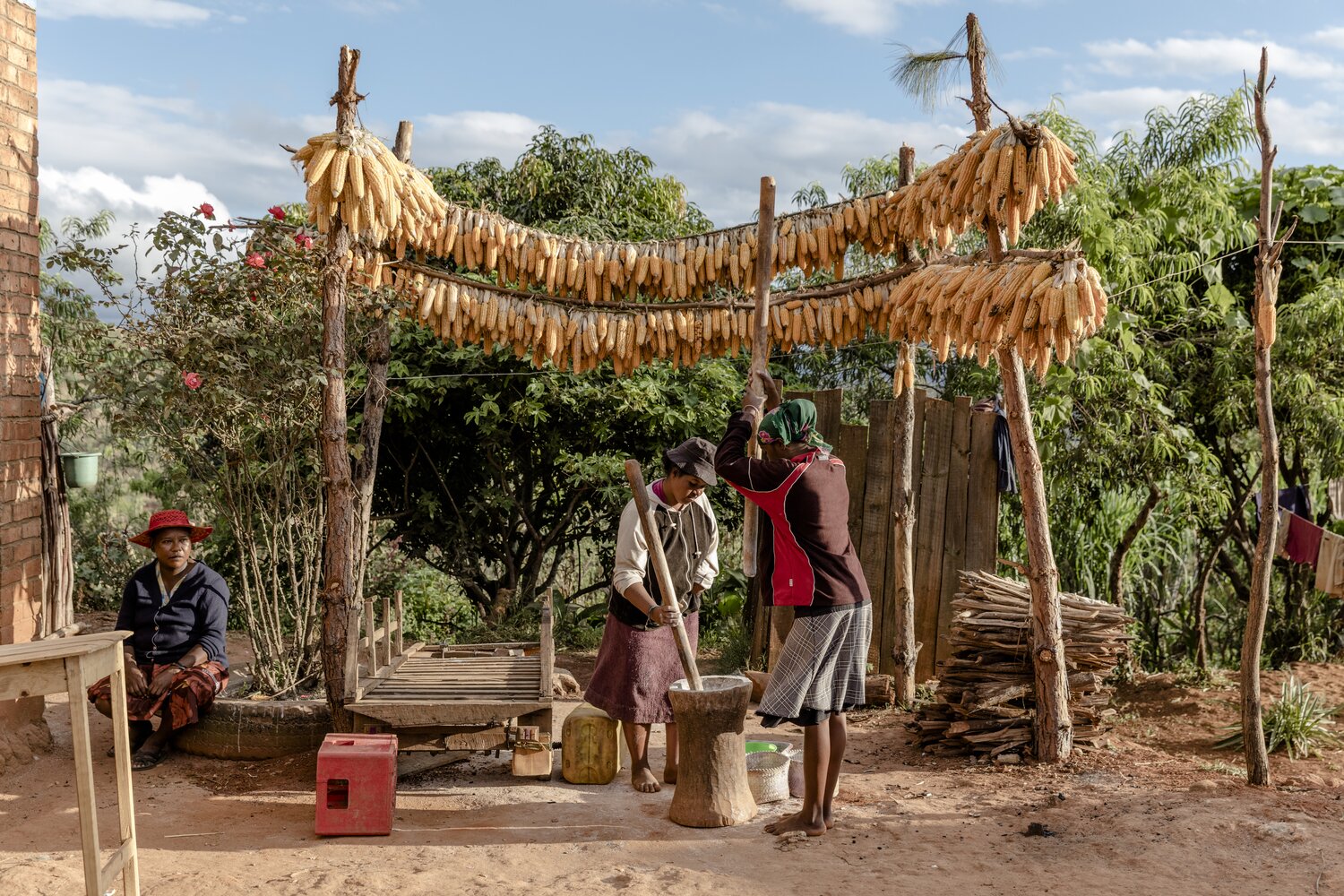
Biofortified maize improves the diet and health of people in developing countries, and replaces the need to take Vitamin A supplements. Photo: Toby Smith/Reportage by Getty Images for #CropsInColor
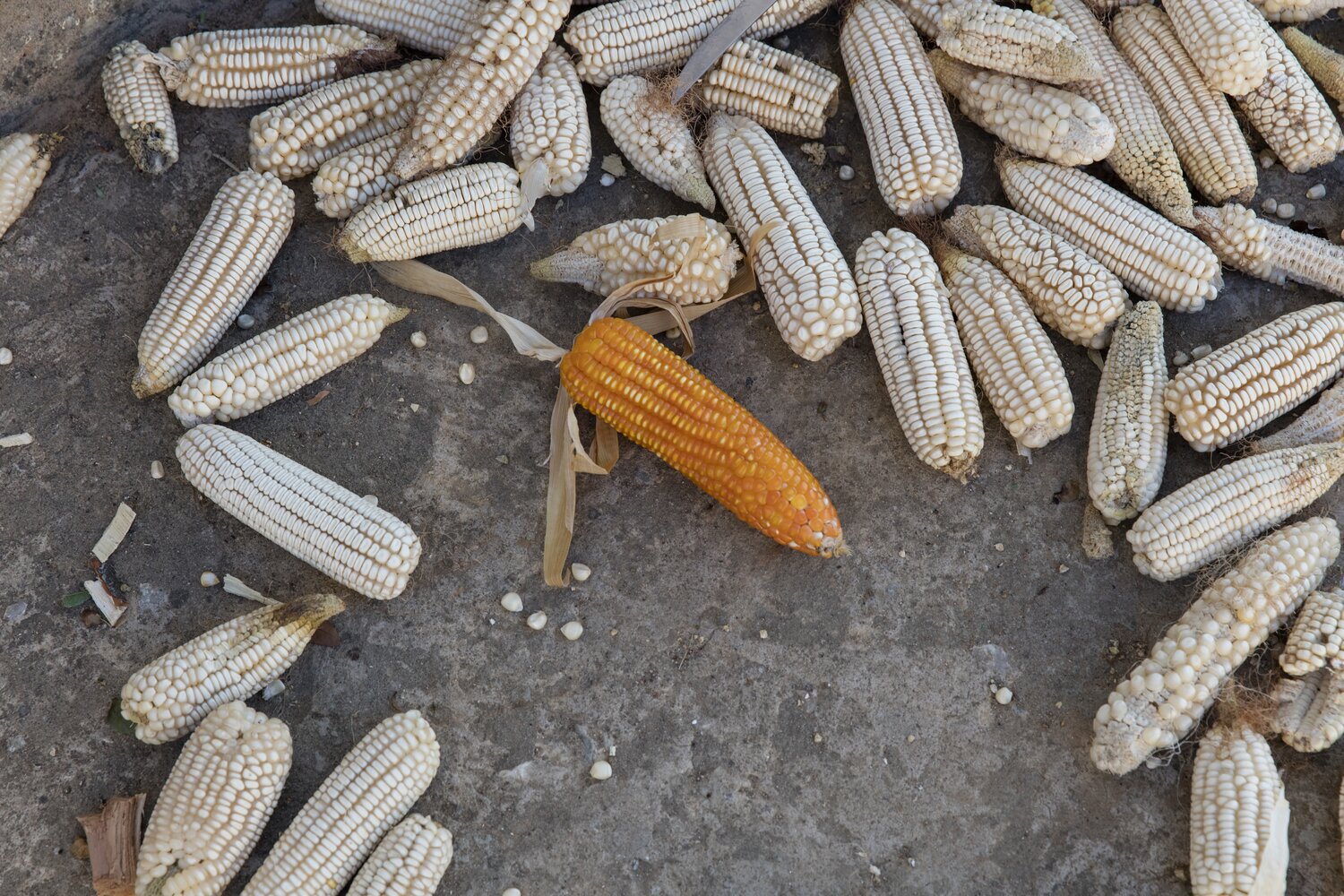
Vitamin A-fortified orange maize looks striking in a country where white maize has always been favored. Its nutritional qualities, inherited from parent varieties found in the crop’s Latin American homeland, have made the orange kernels catch on. Photo: Toby Smith/Reportage by Getty Images for #CropsInColor
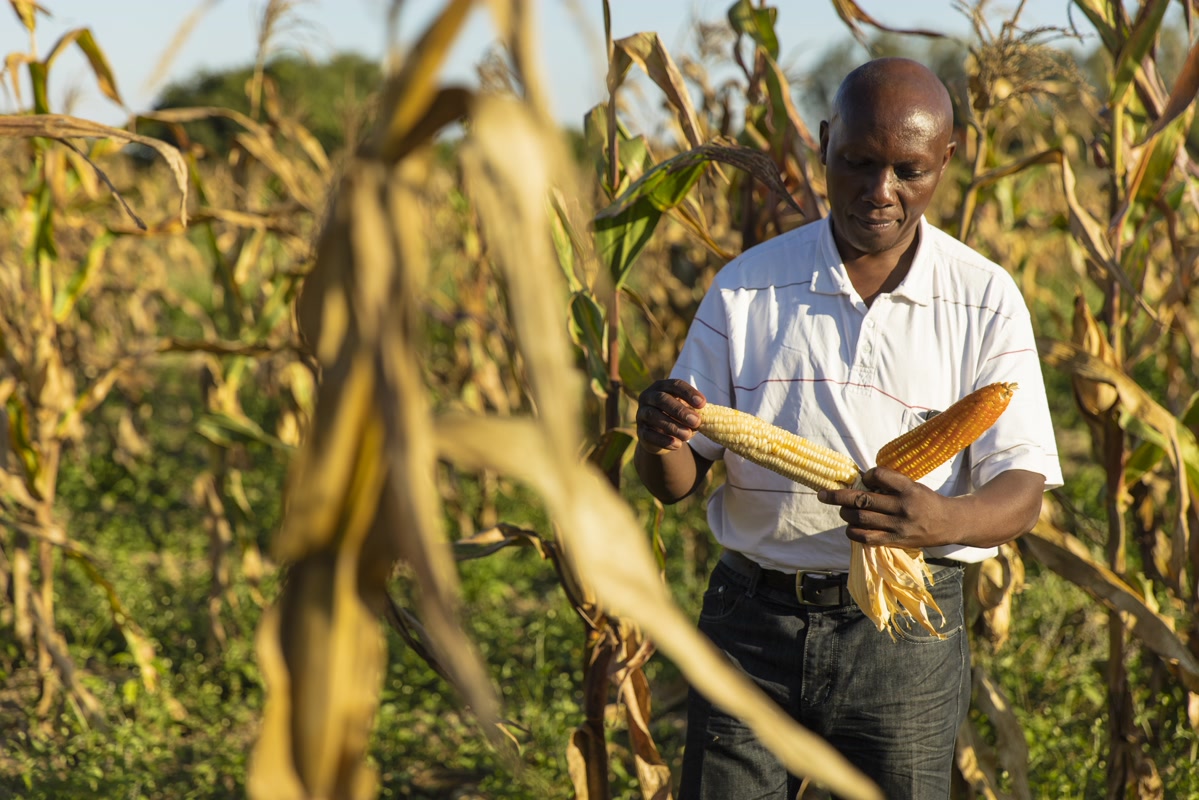
More than 40 vitamin A-fortified maize varieties have been released to farmers and seed companies. Photo: Toby Smith/Reportage by Getty Images for #CropsInColor
Maize is the most widely eaten food staple in Africa and provides roughly 30 percent of the total calories of more than 4.5 billion people in developing countries. In collaboration with the International Maize and Wheat Improvement Center (CIMMYT), the International Institute of Tropical Agriculture (IITA) and the Brazilian Agricultural Research Corporation (EMBRAPA), HarvestPlus has developed maize varieties that are nutritional, high-yielding, profitable, and acceptable to customers. By using the genetic diversity safeguarded at CIMMYT and IITA, researchers used maize landraces, as well as maize’s wild relatives, to breed varieties high in Provitamin A (proVA), which the body converts to Vitamin A. Studies have shown that consumption of proVA-biofortified maize has improved total body Vitamin A stores as efficiently as supplementation.
Read more:
Vitamin A-Biofortified Maize
The Season of Rewards
Biofortified Wheat
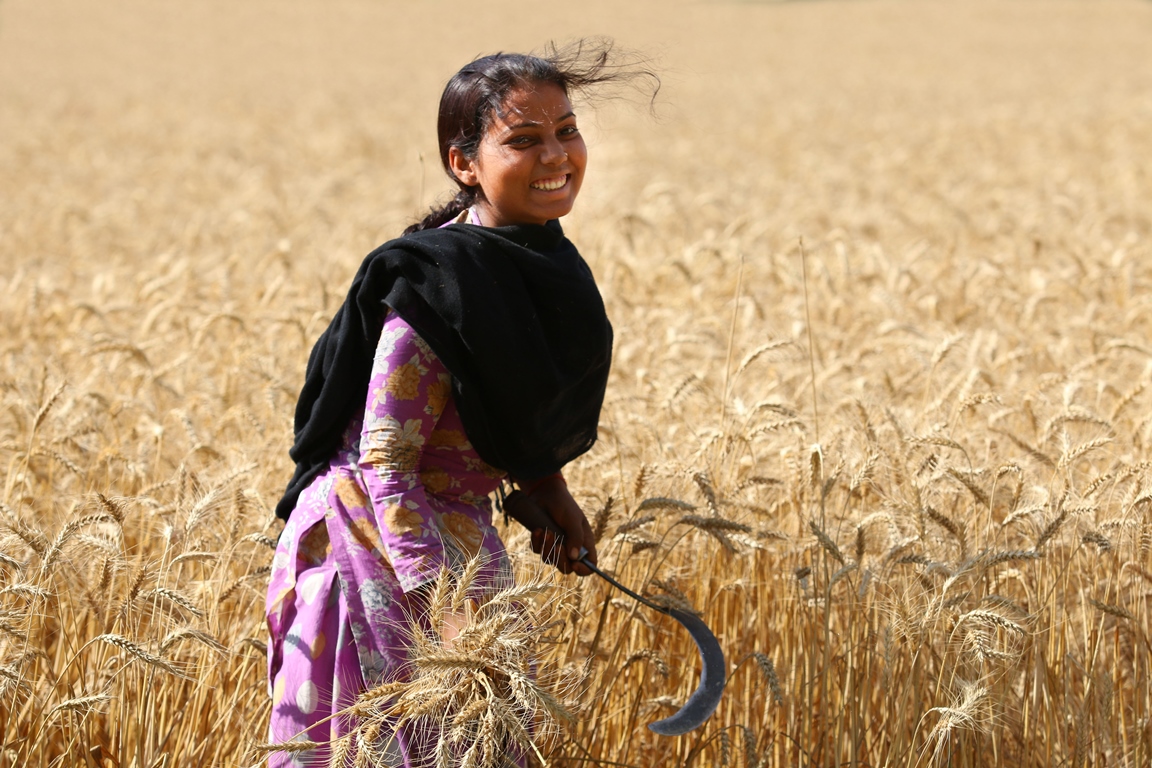
Field of zinc wheat in India. Photo: Harvest Plus
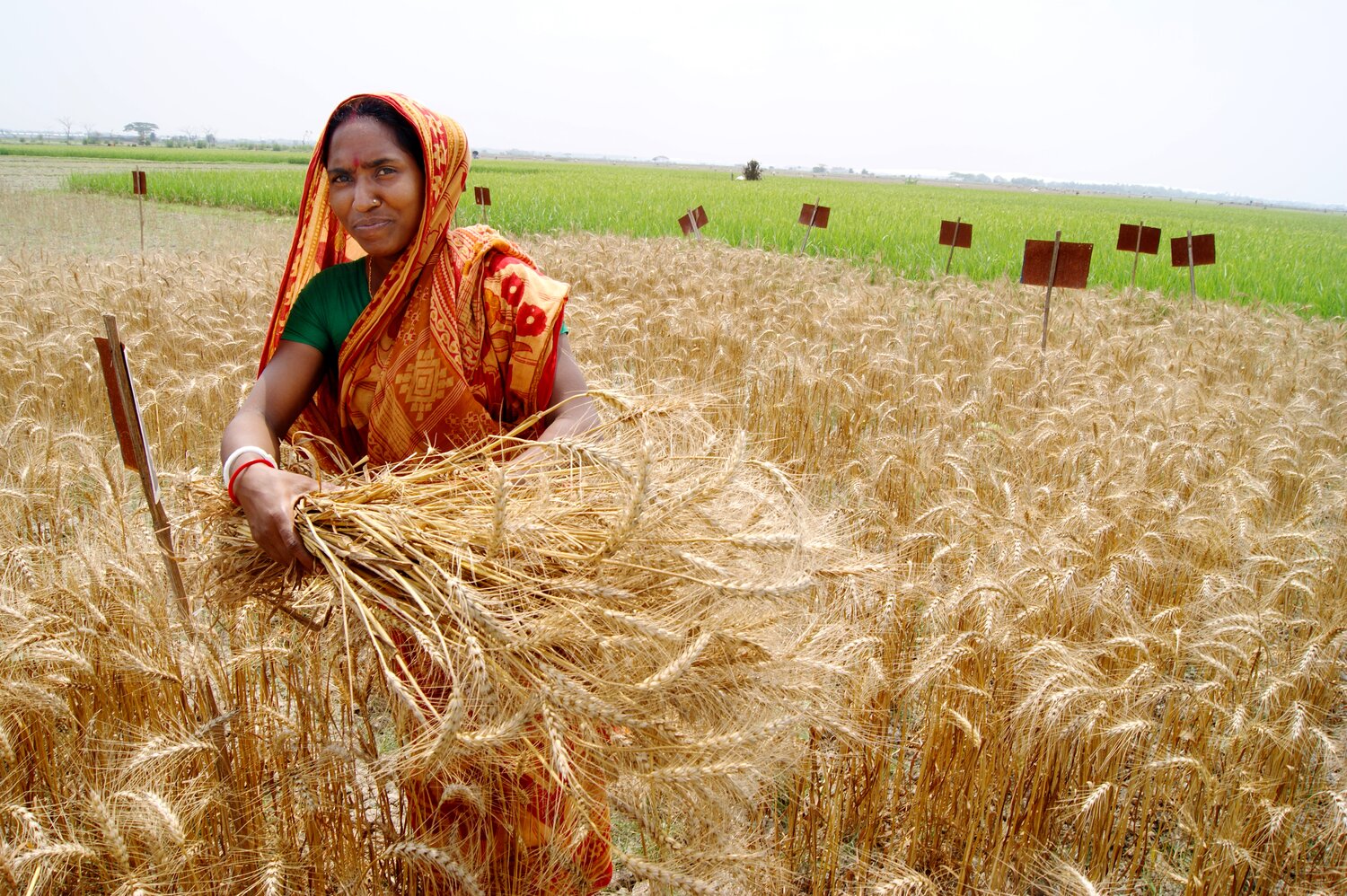
Zinc wheat being harvested in India. Photo: T Krupnik/CIMMYT
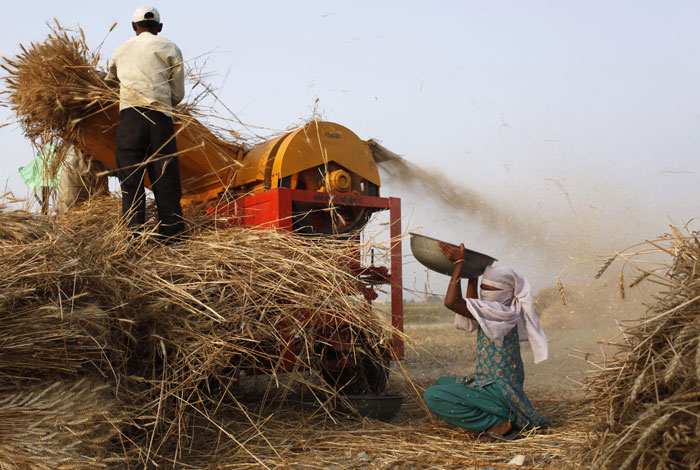
The high-yielding, zinc-rich variety Zincol 2016 being harvested in Pakistan.
Zinc is an essential nutrient required for healthy growth and development. Inadequate intake of zinc can weaken the immune system, which makes especially children more vulnerable to infections. Zinc deficiency also contributes to stunting. As one of the world’s major important food grains, wheat is an ideal candidate for biofortification. In cooperation with CIMMYT, HarvestPlus harnessed the genetic diversity found in wheat to breed varieties with improved nutritional quality. The new varieties provide up to 50 percent of the daily zinc needs, and retain high yields and resistance to diseases. At present, biofortified wheat varieties are being evaluated in six countries around the world. In India and China, farmers now have access to released zinc wheat varieties.
Read more:
Vitamin Zinc-Biofortified Wheat
Learn more outputs of Crop Trust projects and related activities:
- Work
Categories: Genebanks, Maize, Food Security, Nutritional Security
